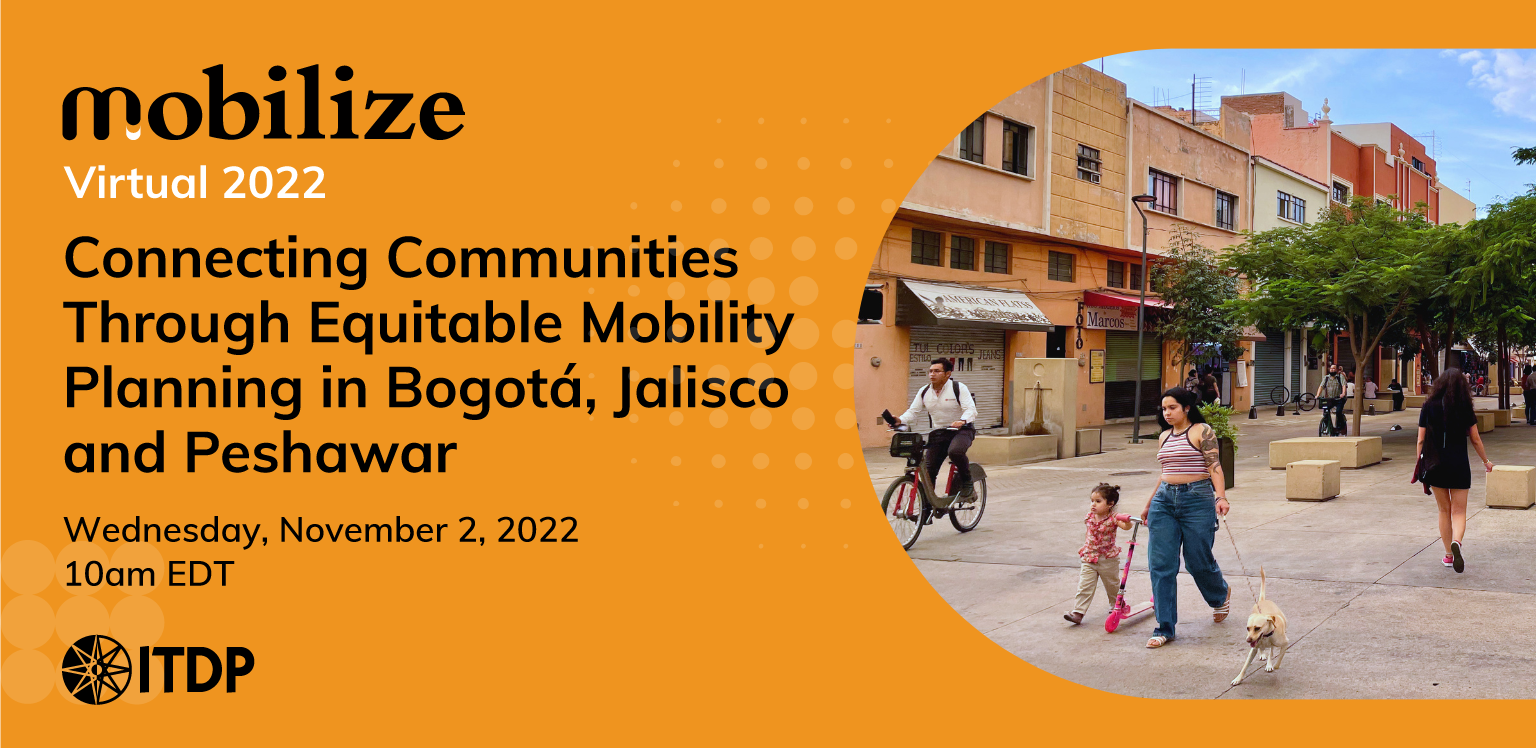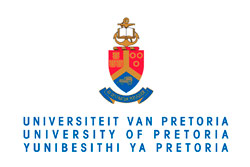
David A. Hensher and John Stanley
Institute of Transport and Logistics Studies
The University of Sydney Business School
1 June 2017
The Roads Australia National Conference in Sydney (May 31, June 1, 2017) had a lot of presentations on autonomous cars (ACs); and despite some suggesting we should go directly to level 5 fully autonomous cars (in next few years), and with 5G communications we will then also solve safety and have no congestion on our roads, some of us question this[1]. The total road capacity is not infinite – we may reduce congestion, but speeds may have to drop given volume-capacity ratios of our road infrastructure. This will depend on the extent to which the digital disruption revolution will reduce the number of cars of the road when the sharing economy is fully actioned, and/or increase car use because of the sheer simplicity of getting around.
To illustrate the challenge, being able to work in your vehicle may encourage people to live further from where they usually work, perhaps flooding the peri-urban areas of our major cities with new residences. This will mean consequential increases in trip lengths and travel volumes. Similarly, easy access to mobility for people who currently may be unable to drive or may lack access to a private vehicle, will increase their vehicle use. This is likely to be of significant benefit in terms of social inclusion but will add to pressure on road space.
A crucial issue is the challenge in moving to the sharing culture (to relinquish personal car ownership) which is far more of a challenge than having driverless cars. ACs in private hands could be a traffic nightmare and the techno people appear to be uninterested in this risk. So the AC is great technology, but we do not want our cities to become even more car centric, given ACs expected growing dominance. If the sharing culture can be sorted, then regardless of whether a car is driverless or not, it will hopefully be the seed to reduce the number of cars on the road (typically delivering 10 times the amount of trip kms per vehicle due to sharing and lower cost travel), while improving safety and social inclusion.
Sharing needs to develop in two ways – sharing a vehicle accessed through a pool but used by an individual and their family; and sharing with other passengers (often called pooling) who are not members of the family. The latter may take more time to evolve but will in time effectively turn the shared car into a form of public transport, with cars being redefined to be larger in carrying capacity (like mini buses) but offering very attractive cost savings to households through subscription to mobility packages.
Sharing packaged through a Mobility contract (under Mobility as a Service – MaaS or called by others as Transport as a service (TAAS)) will effectively become modally agnostic, enabling subscribers to select a package that satisfies their travel needs and which has sufficient flexibility built in to accommodate not only habitual travel but variety seeking and once off emergency needs. These mobility contracts should be priced to ensure that the benefits derived by using the publicly provide networks (roads etc.), and any costs imposed on wider society (e.g., congestion costs), are captured through internalised user charges, a component payable to government. This may be the way we can eventually get road pricing reform into the system, ‘hidden’ within the subscription package price. Importantly once the cost or individual ownership is taken out of the equation there will be significant transport cost savings to households, often quoted as equivalent to a 10% increase in wages (linked to the fact that about 12% of annual expenditure is on owning a car).
‘Uberisation’ and the AC culture could result in serious patronage loss from conventional bus and rail (indeed evidence from the USA (reported by James Moore of Jacobs at Conference) suggests it is already happening with Uber, reducing bus patronage in a few cities by 5 to 15%), adding possibly to the subsidy woes of government. However, it may be in the future that, as we merge services into modal agnostic mobility packages, cost efficiency gains and meeting the needs of regular public transport users will result in significantly reduced costs of travelling, especially in the pooled context, such that the need for government subsidy will decline significantly. This is linked also to the likelihood that the boundaries between public and private transport will disappear for much of the PT task (mainly bus, but possibly not mass transit rail?). Many bus operators will need to become platform providers to survive.
The locations least likely to benefit from AC technology are low volume rural/regional settings. Even here, however, creative route/school bus providers have an incentive to change their business model to provide a wider range of service offerings, using newly available technologies. Some of the best Australian bus operators are already thinking along these lines.
Finally we need to be reminded that it is the city and regions, as complex networks in which we live, which really matters. We need to start with an understanding of what kinds of cities and regions we want in coming years, for people to live a good life. Then there is much to do to ensure we position electric-sourced ACs and mobility or transport as a service initiatives to support this vision and add value to the performance of our cities, not just functioning as a profit centre for investors in ACs. But it may be that if ACs are managed well they will become the catalyst to achieve this.
[1] It is worth noting that much of regional and remote Australia is struggling with less than 3G.











